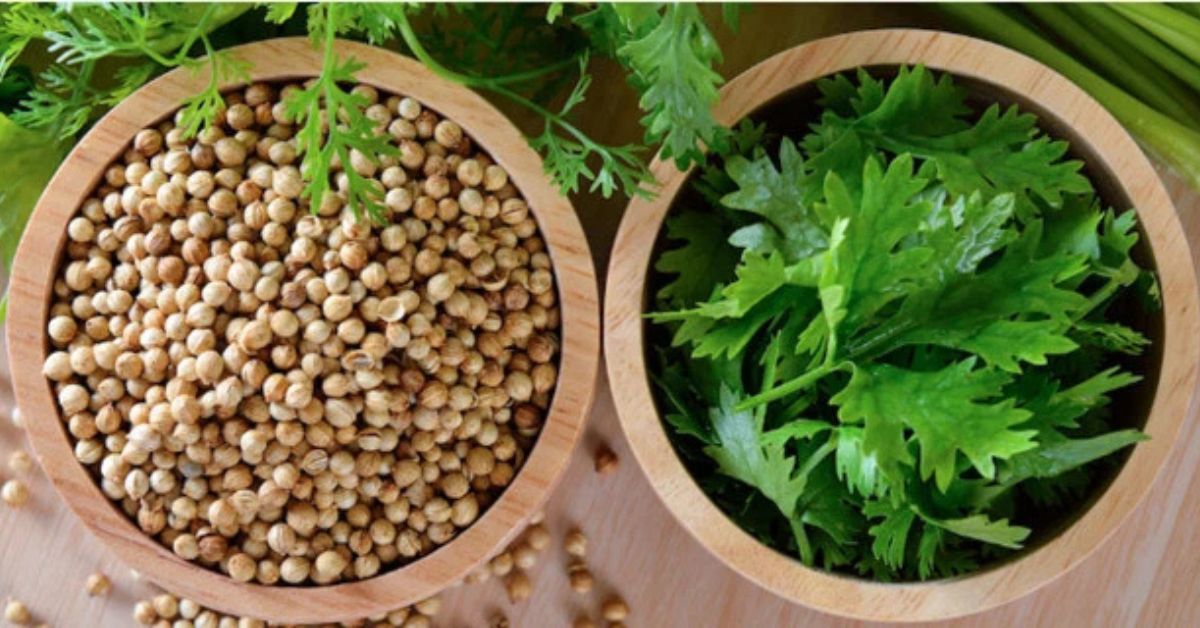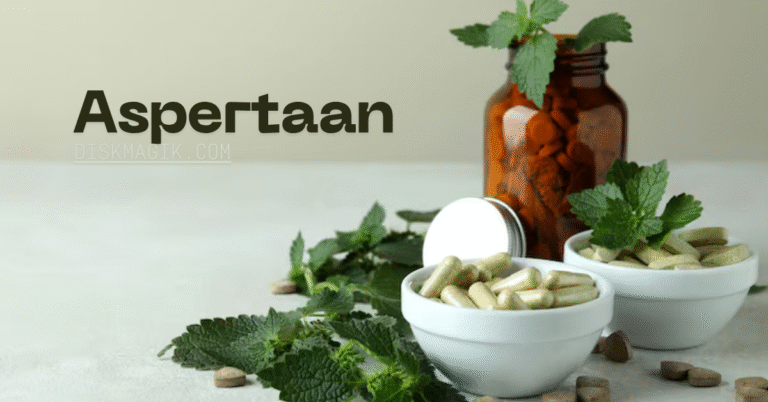Koriandri: The Global Gem of Herbs

In the vast and colorful world of culinary herbs, few stand out as vibrantly and distinctively as Koriandri, more commonly known as coriander or cilantro. With its bright green leaves, aromatic seeds, and unmistakable fragrance, Koriandri is a beloved ingredient that transcends borders, cultures, and cuisines. From zesty Latin American salsas to rich Indian curries, this humble herb plays a vital role in shaping the flavors of countless dishes. Yet, its significance stretches beyond the kitchen — Koriandri also holds a fascinating history, cultural symbolism, and an impressive array of health benefits.
In this article, we’ll dive deep into the captivating world of Koriandri: exploring its origins, culinary uses, cultural relevance, and the many ways it enriches both our plates and our health.
The Origins and Etymology of Koriandri
The story of Koriandri begins thousands of years ago. Its name derives from the ancient Greek word koriannon (or koris), meaning “bedbug” — an odd reference that likely originated from the slightly pungent aroma of the unripe seeds, which some people found reminiscent of the insect. Despite this unflattering start, coriander quickly gained prominence in various ancient civilizations.
Archaeological evidence suggests that coriander was cultivated as early as 5000 BCE in regions spanning the Mediterranean, the Middle East, and parts of Asia. The seeds were found in ancient Egyptian tombs, including that of Tutankhamun, hinting at its esteemed status as both a spice and a medicinal herb. Ancient Greeks and Romans used coriander seeds to flavor wine and preserve meats, while early Asian civilizations recognized its healing properties and integrated it into traditional medicine.
Over time, coriander spread across continents, carried by traders and explorers along the Silk Road. Today, it’s grown in nearly every corner of the globe, thriving in both tropical and temperate climates. The universality of Koriandri is a testament to its adaptability — and its timeless appeal.
Coriander vs. Cilantro: One Plant, Two Identities
One of the most fascinating aspects of Koriandri is its dual identity. In many parts of the world, the name “coriander” refers to the seeds, while “cilantro” refers to the fresh green leaves and stems. This linguistic distinction often confuses cooks new to global cuisine, but both names point to the same plant: Coriandrum sativum.
The leaves of Koriandri are delicate, citrusy, and slightly peppery — perfect for fresh dishes like salsas, salads, and chutneys. The seeds, on the other hand, have a warm, nutty, and spicy flavor once dried and ground. They’re commonly used in spice blends such as garam masala, curry powder, and pickling spices.
This dual-purpose nature makes Koriandri incredibly versatile — it’s one of the few herbs that can play both a leafy green role and a spice role in the same cuisine.
Koriandri in World Cuisines
Few herbs boast the global popularity of Koriandri. Its universal presence reflects how different cultures have adapted it to their own culinary traditions.
1. South Asian Cuisine
In Indian, Pakistani, and Bangladeshi cooking, coriander is practically indispensable. The seeds are dry roasted and ground into spice mixes, lending a subtle citrus warmth to curries, lentil stews, and vegetable dishes. Meanwhile, the leaves are used fresh as a garnish or blended into chutneys, raitas, and marinades. Coriander’s refreshing flavor helps balance the heat of chilies and the richness of ghee or coconut milk.
2. Latin American Cuisine
In Latin America, cilantro is the soul of many dishes. It’s found in everything from guacamole and pico de gallo to soups like sopa de lima. In Mexico and Central America, the herb’s bright flavor adds depth to grilled meats, tacos, and rice dishes. Even in South America, countries like Peru use cilantro in traditional recipes such as ají de gallina and arroz con pollo.
3. Middle Eastern and Mediterranean Cui
Across Thailand, Vietnam, and China, fresh Koriandri leaves are used to add fragrance and visual appeal to noodle soups, stir-fries, and spring rolls. The seeds are sometimes ground into curry pastes or infused into broths. In Vietnamese pho, cilantro leaves are sprinkled on top right before serving, giving the dish its signature freshness.
The Cultural and Symbolic Significance of Koriandri
Beyond its flavor, Koriandri holds symbolic and cultural meaning in many societies. In some traditions, coriander seeds were believed to bring love and happiness. Ancient Egyptians associated it with eternal life, as evidenced by its presence in tombs. In Medieval Europe, coriander was thought to be an aphrodisiac and was sometimes used in love potions.
Even today, the herb is often linked to freshness, vitality, and purity — qualities reflected in its bright color and rejuvenating scent. In countries like India, it’s common to sprinkle coriander leaves over new dishes as a final touch of blessing and beauty before serving guests.
Health Benefits: Nature’s Little Healer
While its culinary uses are well-known, Koriandri’s health benefits are equally impressive. Packed with antioxidants, vitamins, and essential oils, it has long been used in traditional medicine systems such as Ayurveda and Traditional Chinese Medicine.
Here are some of its most notable health properties:
- Digestive Aid: Coriander is known to soothe the stomach, reduce bloating, and promote healthy digestion. It stimulates digestive enzymes, making it ideal after heavy meals.
- Anti-inflammatory Effects: Compounds in coriander, such as linalool and cineole, have anti-inflammatory and antimicrobial properties that may help combat infections and inflammation.
- Blood Sugar Regulation: Studies suggest that coriander seeds may help lower blood sugar levels by promoting insulin secretion — a promising natural aid for managing diabetes.
- Heart Health: The herb’s cholesterol-lowering and antioxidant properties can support cardiovascular health by reducing LDL (“bad”) cholesterol and increasing HDL (“good”) cholesterol.
- Detoxification: Cilantro is often praised for its potential ability to help remove heavy metals like mercury and lead from the body.
- Rich in Nutrients: Fresh leaves are a great source of vitamins A, C, and K, as well as minerals like potassium, calcium, and magnesium.
With all these benefits, it’s no wonder that Koriandri has earned a reputation as both a culinary treasure and a natural healer.
How to Use Koriandri in Everyday Cooking
Incorporating Koriandri into your daily meals is simple and rewarding. Here are some delicious ways to make the most of its flavor:
- Fresh Garnish: Sprinkle chopped coriander leaves over soups, curries, and salads for an instant burst of freshness.
- Cilantro Pesto: Blend cilantro with garlic, nuts, lemon juice, and olive oil for a vibrant green pesto — a twist on the Italian classic.
- Herb Marinades: Mix coriander leaves or ground seeds with yogurt, lemon, and spices for a flavorful marinade for chicken, fish, or tofu.
- Homemade Spice Blends: Combine coriander seeds with cumin, turmeric, and chili powder to create your own curry mix.
- Refreshing Drinks: Add a few sprigs of cilantro to smoothies or detox waters for a subtle herbal note.
- Chutneys and Salsas: Combine with mint, lime, and chilies for a tangy dip that pairs perfectly with snacks and appetizers.
When using fresh coriander, remember that heat can diminish its flavor — so it’s best added at the end of cooking or used raw.
The Polarizing Palate: Why Some People Dislike Koriandri
Despite its worldwide popularity, not everyone enjoys Koriandri. Some people describe its flavor as “soapy” or “metallic.” This aversion isn’t just a matter of taste — it’s genetic. Scientists have discovered that certain individuals have variations in the OR6A2 gene, which heightens sensitivity to aldehydes, the same compounds responsible for cilantro’s distinct aroma.
While this divide can be amusing at dinner tables, it only adds to Koriandri’s fascinating character as an herb that evokes both passion and controversy.
Conclusion: Celebrating the Spirit of Koriandri
Koriandri, in all its forms — coriander, cilantro, or dhania — is more than just a kitchen staple. It’s a symbol of culinary unity, weaving together the flavors of the world’s cuisines. From ancient rituals to modern recipes, from spice racks to salads, its journey through history reflects humanity’s love for flavor, fragrance, and nourishment.
Whether you’re sprinkling its leaves on a steaming bowl of curry, grinding its seeds into a spice blend, or simply admiring its fresh aroma, you’re engaging with a tradition that spans millennia. Koriandri isn’t just food — it’s culture, medicine, and art combined in one delicate green leaf.
So the next time you reach for a handful of coriander, remember: you’re holding a small but mighty piece of history, health, and heritage — the true gem of the herb world.






